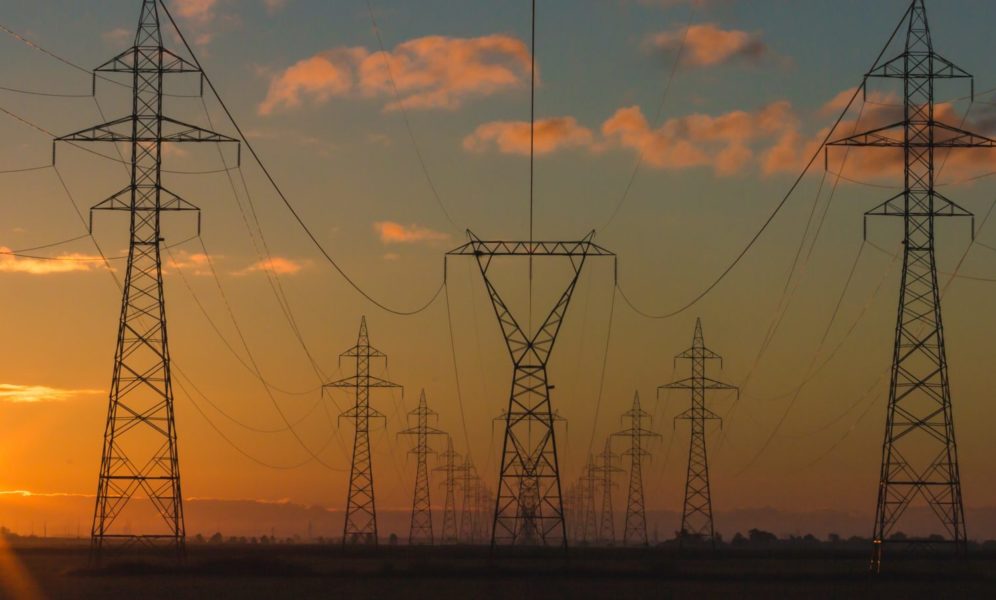This blog post was co-authored with UCS Senior Energy Analyst Sam Gomberg.
A colleague of ours once said that “new power plants give you energy, but new transmission gives you options.”
This optionality is a critical piece to so much of what we’re trying to accomplish as we seek to equitably modernize and decarbonize the electricity system. Here in the Midwest, Illinois is on the precipice of enacting a statewide goal to reach 100 percent clean energy by 2050; additionally, Michigan has an ambitious goal to achieve net-zero carbon emissions economy-wide by 2050, while utilities in Michigan and Minnesota such as Consumers, DTE, and Xcel Energy have plans to phase out all of their coal-fired power plants and add large amounts of clean energy resources.
However, optionality goes beyond achieving the clean energy targets of states and utilities within the territory of the Midcontinent Independent System Operator (MISO), the entity that runs much of the power grid and plans transmission lines in the Central United States. It’s also essential to the foundational principles of electric system investment and operation: reliability, resilience, and efficiency.
Reliable electricity needs robust transmission
Reliability has two primary elements: being able to generate enough electricity to meet demand and being able to deliver that electricity to consumers. The power grid also needs to be able to do these two things while responding to inevitable issues that pop up throughout any given day, for example, unexpected power plant outages, a tree limb falling on a power line, etc.
When it comes to generating enough electricity, the power system maintains reliability in the face of uncertain events by maintaining a “reserve margin,” which essentially means that we have more generating resources available than we need at any given moment so we’re ready for those minor hiccups that occur on a regular basis.
When delivering that energy to consumers, the transmission system provides similar “redundancy” in that there are multiple ways to get power from the generating resources to your light switch. Just like when you’re trying to get somewhere and the sidewalk is closed or there’s construction on your main route, the transmission system also has re-route options to help make sure the power gets where it needs to go.
As states and utilities change how they generate power, so too must the transmission system evolve. MISO’s Long Range Transmission Planning (LRTP) initiative, while seeking to enable the transition to clean energy, is also seeking to maintain redundancy in the transmission system and therefore maintain (and improve) the system’s reliability.
Transmission steps up when the going gets tough
A more robust transmission system is also a key element for our electric grid to be resilient to the extreme weather events that are becoming more frequent with climate change. As the February cold weather events in Texas and the Central U.S. revealed: transmission is a key piece to being able to withstand and recover from an extreme event. During those unusually cold temperatures, the optionality built into MISO’s system—its ability to move power from areas with milder weather to areas that were getting hit hard and its ability to import power from neighboring regions—allowed the system to largely withstand the brunt of the weather and quickly recover afterwards.
Texas, which has historically, and intentionally, constrained its transmission system to remain isolated from neighboring regions, fared much worse during this event. A more robust transmission system would have mitigated this impact. It is a hard-learned lesson and one we should not forget.

Transmission can save us money
Finally, robust transmission allows the electric system to operate more efficiently, and therefore more affordably, by enabling lower-cost energy to get to the consumer. Many of the power plants serving electric demand now aren’t the lowest cost option. One reason they are still running is that lower cost power options such as wind and solar don’t always have the transmission accessibility to deliver electricity to certain areas.
Smart investments in the transmission system will enable lower-cost (and often times lower-carbon) power to be delivered into areas where it can offset more expensive power plants and lower the cost of energy for consumers. And since wind and solar are the least-cost electricity resources we have at the moment—this is a win-win for the consumer and the climate.
MISO’s LRTP is looking at all of this, and it is worth noting that this process won’t lead to any new investments that don’t pass muster under the stringent cost/benefit analysis used by MISO. This means every project that moves forward must be demonstrated to bring more benefits to consumers than the cost of building it. And even this calculation is still conservative as MISO does not include savings from the cost of carbon emissions avoided.
There’s lots to figure out to ensure we’re making smart investments to modernize our transmission system. One thing we should all agree on, however, is that it needs to happen. MISO deserves credit for taking on this important and necessary challenge. As several Midwestern Governors recently pointed out, our clean energy future depends on it.

